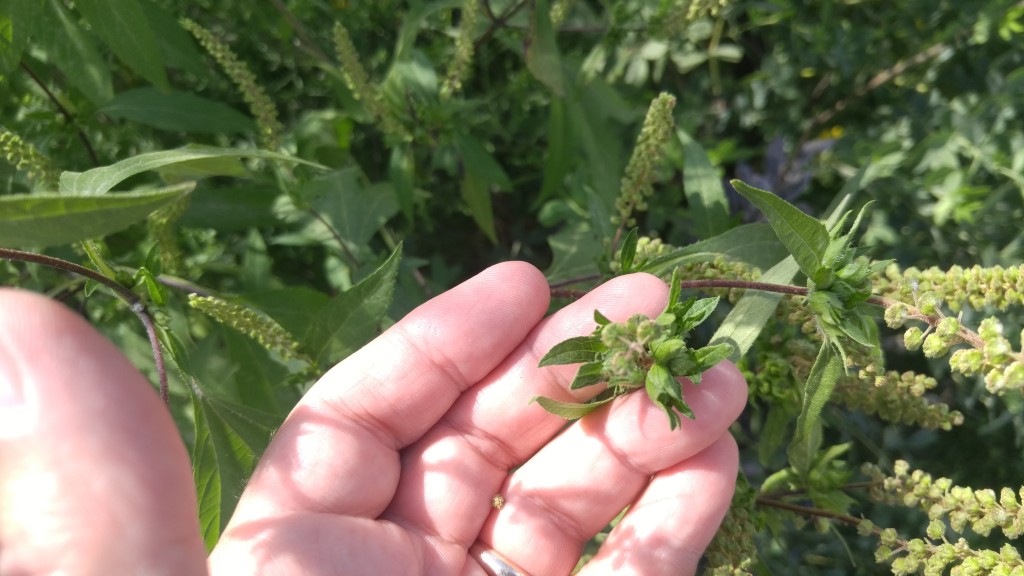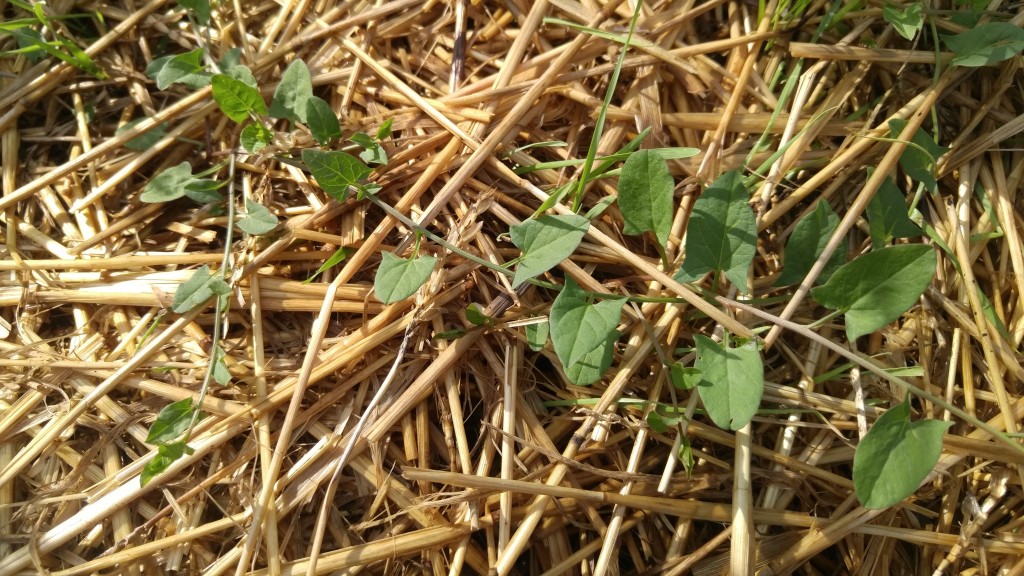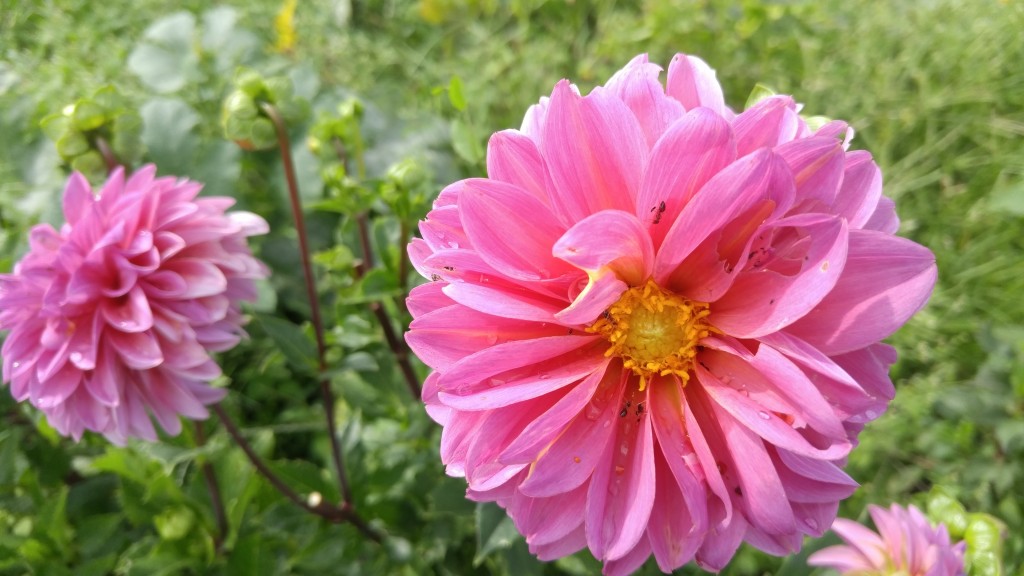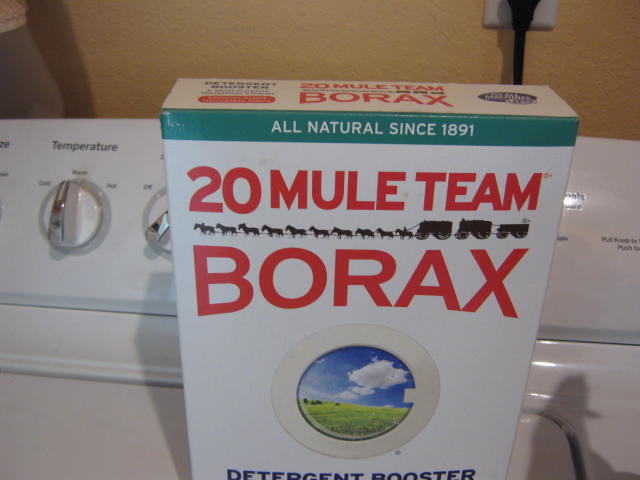I finally decided to close down the garden a few days ago. It is the third week of October after all. I’m hoping that the weather will stay mild so my cover crop of rye will germinate and make some good growth before winter sets in.
Rye is one of the best winter cover crops for our area. You can let your garden grow for a full season and still have time to plant your cover crop after the garden has stopped producing. Fall-planted rye will make good growth and do very nicely over winter, especially if we have a covering of snow to protect the plants from harsh winter winds.
On sloping sites, cover crops such as rye, stabilize the soil keeping it from washing downhill. On flat sites, cover crops keep wind from blowing away your hard-earned topsoil.
It’s true, you can just leave those small fall growing weeds in your garden and they will do much to control erosion but rye has another huge advantage. A cover crop of rye will reduce the bio-mass of weeds by 80-90% vs an area with no cover crop. Because it grows so fast in the fall, rye will smother weeds that are trying to grow. Not only that, its roots produce a compound that keeps weed seeds from sprouting. Compare that to a garden that is covered with small over-wintering weeds waiting to grow again in the spring and you’ll see what an advantage that is.
You can’t actually see it with your eyes but soil nutrients can get washed down into the soil profile by autumn rains and melting snow far enough where it is no longer available to your garden plants. As it grows, rye will capture soil nutrients retaining them in the form of roots, leaves and stems.
Another fascinating thing about rye is that it has the ability, unlike many other plants, to extract usable minerals directly from raw soil particles. It then uses the minerals for its growth and development — essentially making its own fertilizer. In the spring, the rye plants are tilled into the soil. As they decompose, these new minerals are released into the soil for garden plants to use.
I prepare my garden for its cover crop by first removing much of the existing plant material, mostly the stuff that tends to get caught up in the tiller tines. Then I’ll run the tiller over the garden to mix in the plant debris. At that point the area is ready for seeding. I evenly broadcast about three pounds of rye seed per thousand square feet evenly over the area. Then I make a very shallow pass with the tiller to mix the seed into the top couple of inches and I’m done.
Keep in mind you are not planting a lawn here. Too much seed will give you a dense rye plant population making it very difficult to till under your rye crop in the spring.
Bob







